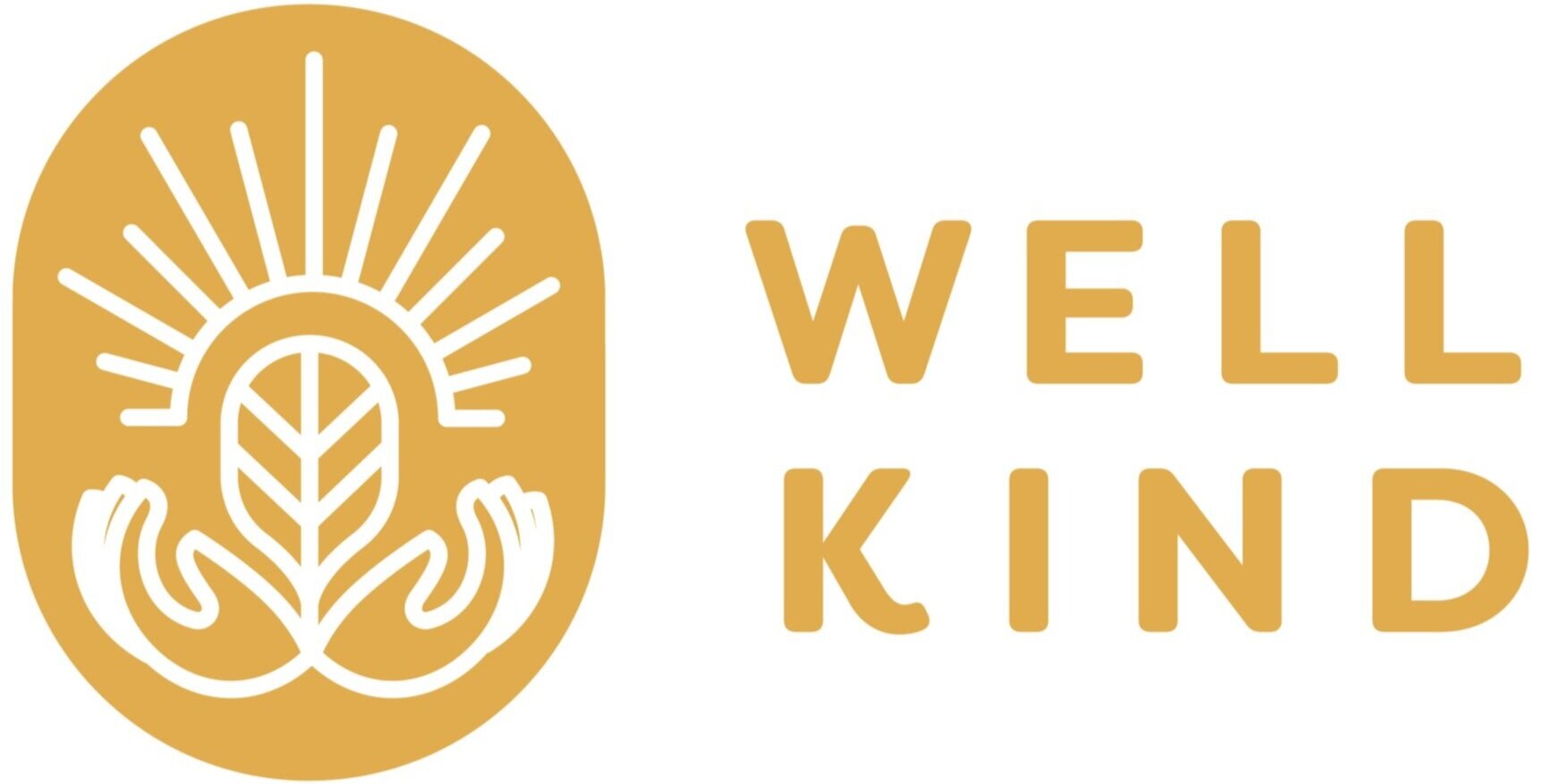How Climate Change Damages Our Soil
By Annelie Kamperin, WELLKIND Forestry Intern
Annelie Kamperin was an intern for WELLKIND Forestry during our summer 2021 session, exploring soil health and other crucial environmental topics.
The Dustbowl of the 1930s was one of the most devastating ecological disasters in American history. Poor agricultural practices, high temperatures, and extended drought caused tremendous land erosion. One hundred million acres were affected, and it blew away 480 tons of topsoil per acre. Millions of tons of topsoil were lost to the Eastern United States and Atlantic Ocean.
The loss of nutrient-rich topsoil was devastating, as it is essential for both nutrient cycling and carbon storage. New research finds that the heat waves that powered the Dust Bowl are now 2.5 times more likely to happen again in our modern climate due to another type of manmade crisis: climate change (DeLonge, 2020).
Topsoil is the outermost layer of soil with the highest concentrations of organic matter and microorganisms. Its nutrient-rich characteristics make it vital for a healthy ecosystem and crops. Topsoil is essential for plant health as it absorbs water for plants and groundwater. Without healthy topsoil, it would evaporate, increasing the effects of a drought and causing erosion. Reducing topsoil erosion is vital to preventing situations like the Dust Bowl. To reduce erosion, you can maintain a healthy perennial plant cover, provide mulch, plant cover crops, or redirect water runoff.
Years of restoration work at Bamberger Ranch in Blanco County, Texas, shows just how important biodiversity is, and its abilities to self-regulate. Jared Holmes, a biologist on the ranch, explains that planting native grasses helps prevent erosion and maintain healthy topsoil. That healthy topsoil retains more moisture for the trees, benefiting the whole ecosystem.
When Bamberger Ranch first began, there were 48 recorded bird species. They have since increased to 122 species. Birds provide many ecosystem services such as protecting our drinking water, slowing the spread of disease, dispersing seeds, and providing critical environmental data. Since birds do so much for an ecosystem, they are considered indicator species. A large, diverse population of birds is a sign of a healthy ecosystem.
Industrial agriculture degrades topsoil and its nutrients. Management practices need to be improved or the land needs to be given a chance to recover through natural ecological processes over time. Diversified cropping systems and mixed crop livestock systems are the future of agriculture to rebuild healthy topsoil.
A study in the Canadian Journal of Soil Science measured the effects of 35-year corn monoculture and legume-based cropping on soil carbon levels and residue retention (Biernbaum, 2012). Residue retention measures how much of the crops’ organic material stays in the soil. Carbon was measured in natural abundance under fertilized and unfertilized corn both in monoculture and legume-based rotations. The study found that in legume-based rotation, the quantity of carbon below the plow layer was 40 percent greater than that in monoculture and the soil organic matter was a more biologically resistant form compared to that of monoculture. The amount of residue carbon retention in corn was four to five times greater below the plow layer than that near the top. Overall, it was concluded that legume-based rotation had much better soil quality from biologically resistant soil matter to higher quality residue retention than monoculture corn farming.
This shows how monoculture farming degrades topsoil and decreases the potential amount of carbon sequestration. Carbon sequestration is essential because for every 1 percent increase of carbon, an acre of land can hold an additional 40,000 gallons of water. Also, it takes one century to naturally form one inch of topsoil. We rely on topsoil for 95 percent of our food. You can help in small ways by planting in your yard or by supporting organic farming. Healthy soil is key to a healthy ecosystem and without it, our livelihood is at risk. So let's take the steps to save it.
Further reading
Yeoman, Barry, and April 08. “What Do Birds Do for Us?” Audubon, 13 Apr. 2016, www.audubon.org/news/what-do-birds-do-us.
Jia, Juan, et al. “Climate Warming Alters Subsoil but Not Topsoil Carbon Dynamics in Alpine Grassland.” Wiley Online Library, John Wiley & Sons, Ltd, 6 Oct. 2019, onlinelibrary.wiley.com/doi/abs/10.1111/gcb.14823.
History.com Editors. “Dust Bowl.” History.com, A&E Television Networks, 27 Oct. 2009, www.history.com/topics/great-depression/dust-bowl.
“National Soil Erosion Rates on Track to Repeat Dust Bowl-Era Losses Eight Times Over.” Union of Concerned Scientists, https://www.ucsusa.org/about/news/national-soil-erosion-rates-track-repeat-dust-bowl-era-losses-eight-times-over#:~:text=If%20soil%20continues%20to%20erode,nearly%20three%20inches%20by%202100.
“The World Needs Topsoil to Grow 95% of Its Food – but It's Rapidly Disappearing.” The Guardian, Guardian News and Media, 30 May 2019, www.theguardian.com/us-news/2019/may/30/topsoil-farming-agriculture-food-toxic-america.

